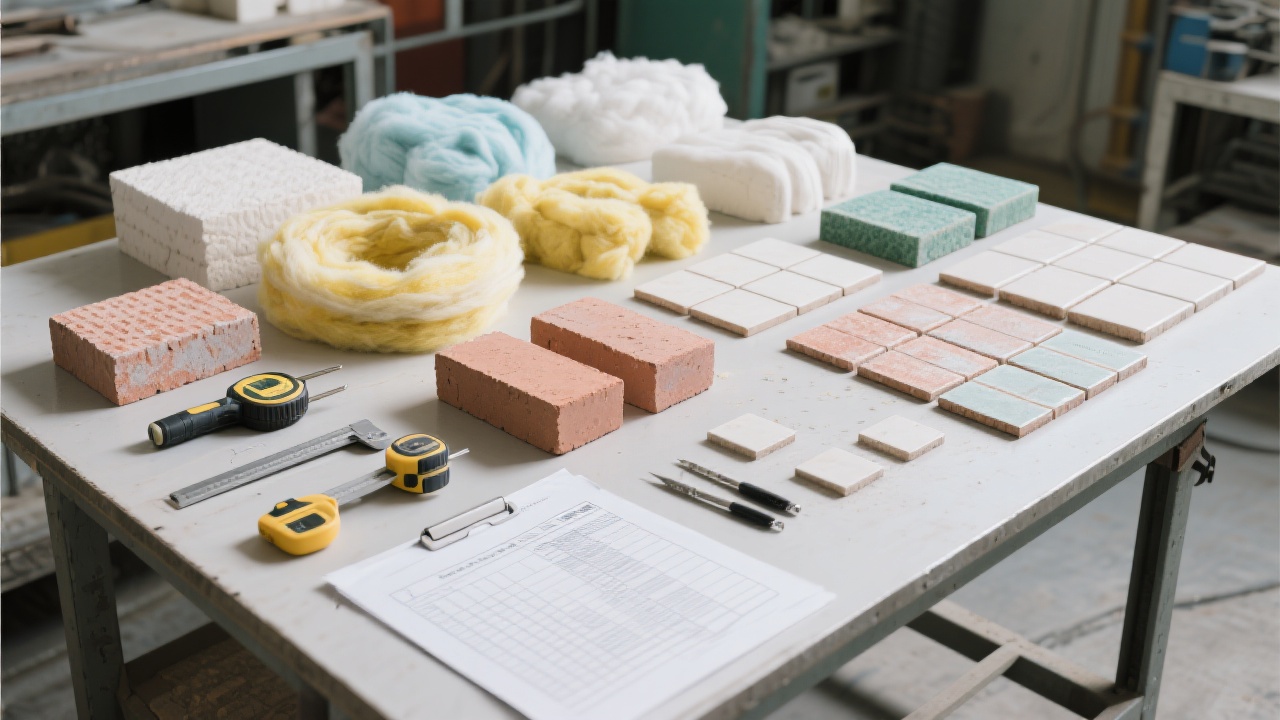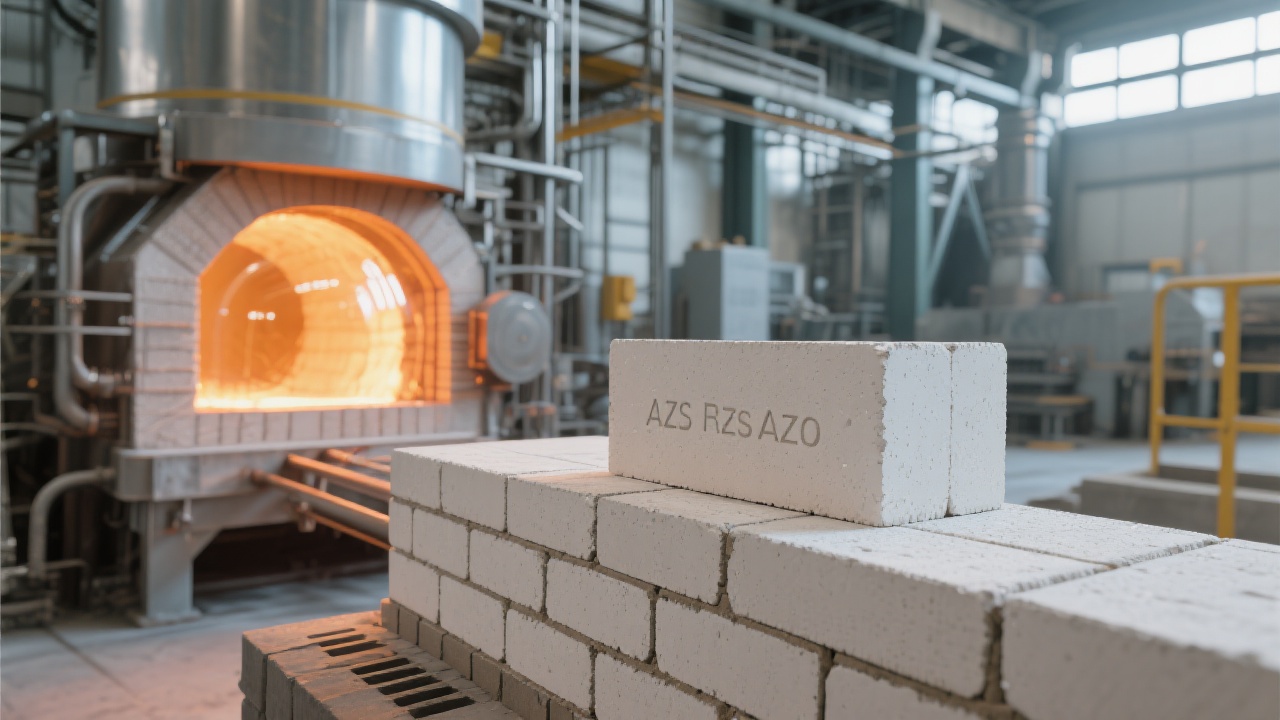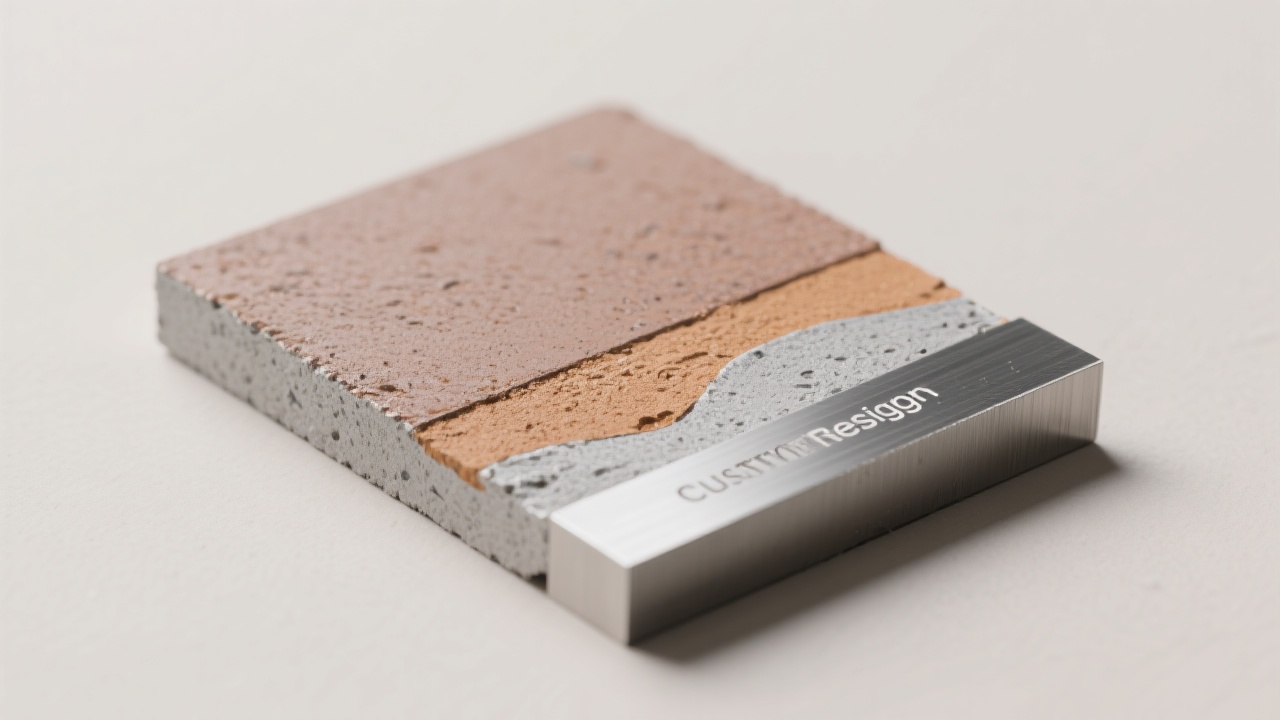
In the glass manufacturing industry, refractory materials play a pivotal role. They are responsible for maintaining the high - temperature environment required for glass melting and shaping. However, current refractory materials often lead to several pain points. For instance, energy consumption is relatively high, with some traditional materials causing energy losses of up to 30% during the glass - making process. Moreover, the quality of glass products can be inconsistent, with impurities and unevenness in the glass, which may increase the rejection rate by about 15%.

AZS cross - lattice bricks stand out for their excellent high - temperature resistance. Compared with traditional brick types, they can withstand temperatures in the range of 1500 - 1700°C, while common refractory bricks may start to deform at around 1300°C. This is mainly due to their unique chemical composition and crystal structure. The zirconia in AZS bricks forms a stable crystal lattice at high temperatures, which enhances the overall stability of the bricks. According to laboratory tests, in a high - temperature environment of 1600°C, the volume shrinkage of AZS cross - lattice bricks is less than 1%, while that of traditional bricks can reach up to 5%.
When it comes to glass quality, AZS cross - lattice bricks significantly improve the purity and uniformity of glass. By reducing the release of impurities into the glass melt, the purity of glass can be increased by about 20%, and the uniformity can be improved by 15%. In terms of energy consumption control, these bricks can create a more stable high - temperature environment in the glass kiln. This stability allows for better heat retention, resulting in energy savings of approximately 20%. As a result, the overall production cost can be reduced by about 18% due to lower energy consumption and less waste.
In the regenerator, different areas have different requirements for refractory materials. At the top of the regenerator, AZS cross - lattice bricks can withstand the highest temperatures and prevent heat leakage. On the side walls, they can resist the scouring of hot air and glass melt. For the partition walls, their high - strength and corrosion - resistant properties ensure the long - term stability of the structure. When used in combination, these bricks can form a comprehensive protection system, maximizing the efficiency of the regenerator. For example, in a large - scale glass kiln, the combined use of AZS cross - lattice bricks in different areas has increased the overall heat exchange efficiency of the regenerator by 25%.

"Since we replaced our traditional refractory materials with AZS cross - lattice bricks, we have noticed a significant improvement in our glass quality. The glass products are now more transparent and uniform, and our energy bills have also decreased. It's a great investment for our company." - A European glass manufacturing company
Another customer from Asia reported that after using AZS cross - lattice bricks, the service life of their glass kiln has been extended from 3 years to 5 years, which has greatly reduced the frequency of kiln repairs and replacements.
AZS cross - lattice bricks, with their outstanding high - temperature resistance, have shown great strategic value as the core refractory material in the glass manufacturing industry. They can effectively improve glass quality, reduce energy consumption, and extend the service life of glass kilns. By adopting this advanced technology, glass manufacturing enterprises can gain a competitive edge in the market. Don't miss out on this technological innovation that can bring you significant benefits. Learn more about how AZS cross - lattice bricks can transform your glass production.


